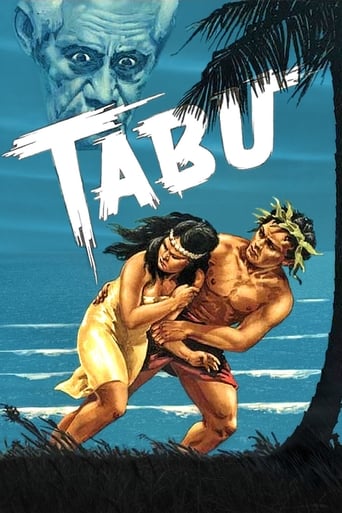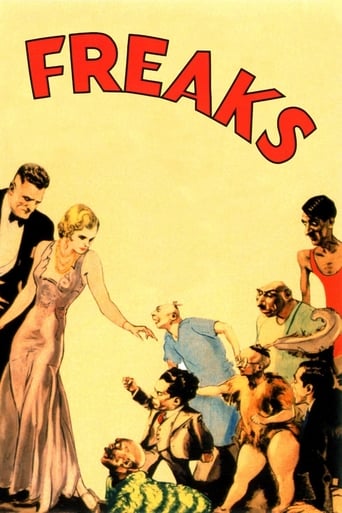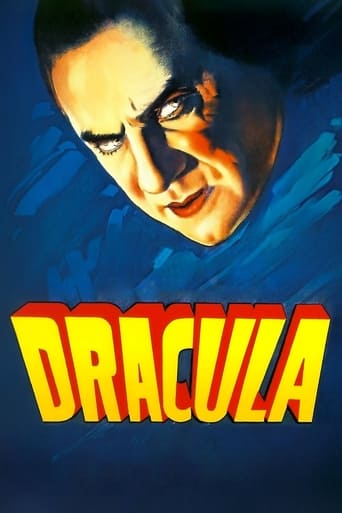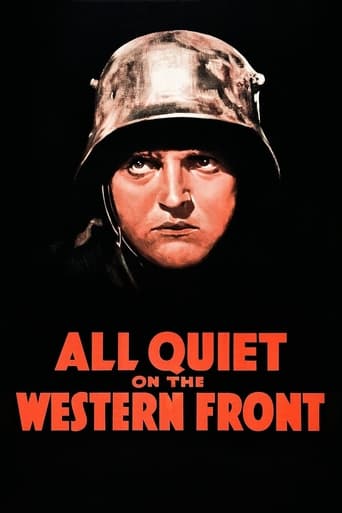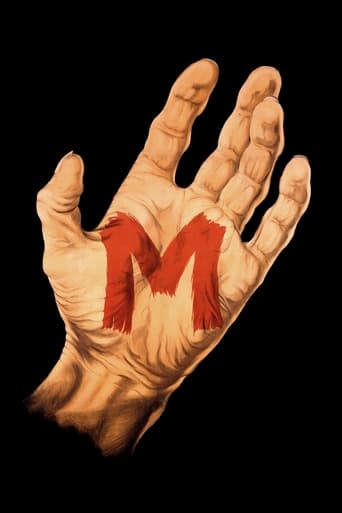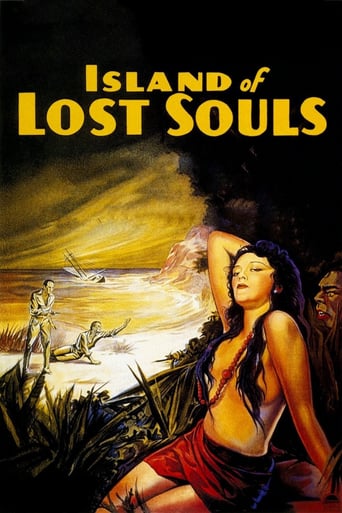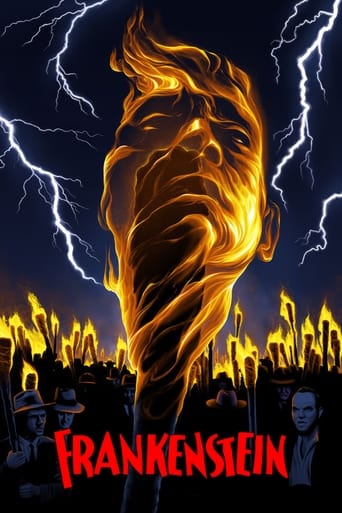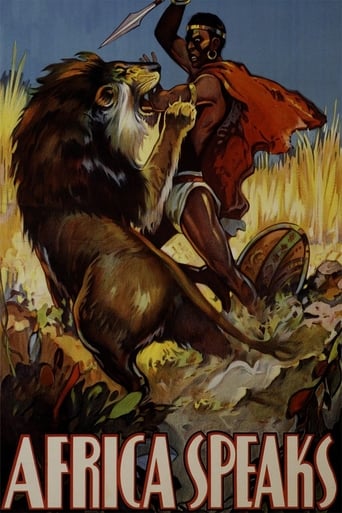

Africa Speaks! (1930)
Explorer Paul Hoefler leads a safari into central Africa and what was then called the Belgian Congo, in the regions inhabited by the Wassara and the famous Ubangi tribes.
Watch Trailer
Cast


Similar titles
Reviews
Am I Missing Something?
The movie's not perfect, but it sticks the landing of its message. It was engaging - thrilling at times - and I personally thought it was a great time.
The movie really just wants to entertain people.
This is a gorgeous movie made by a gorgeous spirit.
Explorer Paul Hoefler is seen crossing Africa in this hit pre-mondo documentary from Mascot. The great wildlife footage includes a vast swarm of locusts. "Duck-billed" women of the Ubangi have plates stretching their lips. A tribe of Pigmys are "darn clever". Less clever is a native made to look foolish by eating a mouthful of salt in one of several staged scenes (occasionally Hoefler and companion can be seen superimposed in front of other footage). Another staged scene has a guide "boy" attacked by a lion (Hoefler doesn't seem concerned). 58 b/w mins. narrated (comically) by Lowell Thomas. Futter followed with the less well-known India SPEAKS in 1933. Footage from Africa was re-used ad nauseum in the BOMBA series of jungle adventures from Monogram, starting in 1949.Movie reviews at spinegrinderweb.com
September 4, 2008, I saw this again after sixty plus years, in an Internet Archive copy that has only 50 of the original 75 minutes, and was mesmerized to realize how much of my concept of Africa is due to this movie. Rivers, canoes, safaris, multiple tribes, locusts, lions, wildebeest, giraffes, impalas, elephants, flamingoes, warthogs are all here, in the heat. The sequence on the jumping impalas was most impressive to me now, as I recall nothing like it in any other movie. The only warning to the modern viewer is that the narration, while lively and fascinatingly informative, contains comments, evaluations and comparisons that seem shockingly inappropriate. Clearly this movie had an enormous influence on movie-making, from "King Kong" through "The Living Desert" to "The Lion King". This movie is the successful ancestor of anything you see on Animal Planet and most of Discovery Channel.
This film is striking for several reasons. The obvious footage of animals and insects was magnificent, and so was the scenes of the veldt, regardless of the animals. But, beyond that, the whole feeling of the daily hardship of life on the African continent 70 odd years ago was almost overwhelming. This film brought the living in fear of lions, locust, tsetse flies and other dangers into sharp relief for me. It was well worth watch if only to get the historical sense of life on the dark continent.
In order to bring this important early sound era documentary into proper cultural and natural historic focus, one must bethink of the prodigious changes that have altered the face of Africa as well as its humanity and fauna during the more than 70 years since the film's production. One can only imagine the reaction of a 1930 audience which viewed the extraordinary events presented and filmed by Colorado-based explorer Paul Hoefler, including the death and mealtaking by a family of lions of one of Hoefler's expeditionary native assistants, total decimation of the expedition's surrounding flora by a massive winged horde of locusts, and remarkable animals and people of many varieties. Narrator Lowell Thomas' somewhat casual comments of events that could not have been greeted in such cavalier fashion at the time they occurred can be offputting, and his attempts at whimsy consistently fall as flat as the veldt being traversed, but withal the narration provides a raft of historically fascinating data. Hoefler's book of the same title, published shortly after the release of the film, differs insofar as the expedition actually travelled from east to west, rather than the reverse, but for purposes of visual impact actual events were edited in order to produce dramatic action.





